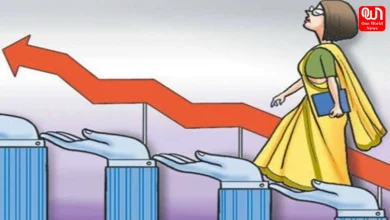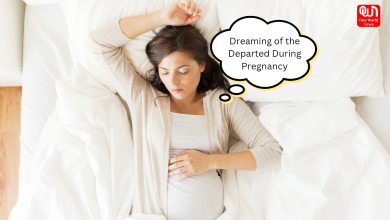What Is the Orgasm gap? What are the reasons behind the same?

The orgasm gap does exist, and here’s why it needs to be addressed
Do you remember the last story of the Bollywood anthology, ‘Lust Stories’? If yes, then you must be able to recall the tussle of women and pleasure. In the story, Kiara Advani uses a vibrator to meet her sexual needs despite being married. The story reflected her orgasm gap as her sexual needs were not being met.
What is Orgasm Gap?
The orgasm gap, also known as the pleasure gap, is a sociological phenomenon that refers to the overall discrepancy in sexual satisfaction between heterosexual men and women-specifically, the uneven frequency in achieving orgasm during sexual interactions.
The term orgasm gap which is also referred to as orgasm inequality has been used in studies to gauge sexual satisfaction among diverse ethnicities. Good and healthy sex life cannot be measured just by the number of orgasms had but the study suggests that there’s a substantial difference between the number of orgasms men and women have. And it has also been identified that not just men and women but orgasm gap exist even in lesbian relationships too.
The orgasm gap is essentially categorised to be of two types –
Lesbian vs. Straight Sex: There is an orgasm gap between women who identify as lesbian and those who identify as heterosexual. Straight women have substantially fewer orgasms than lesbian women. (The rate of orgasm in males does not change with sexual orientation.)
Aesha Mukerji and Shweta Tiwari, Powerful women who proved ‘Log Kya Sochenge’ doesn’t matter!
Women Alone vs. with a Partner: When women masturbate, they experience greater orgasms than when they are with a partner. (In a survey of 800 college women, 39% claimed they always orgasm while masturbation, whereas 6% said they always orgasm having sex with a partner.)
According to Durex’s report, 70 percent of women in India do not have orgasms every time they have sex. A study also finds that 39% of women said they always orgasm when they masturbate, compared to 6% during sex.
India, we need to talk. #OrgasmInequality pic.twitter.com/gReNrFfSNM
— Durex India (@DurexIndia) May 28, 2019
Statistical data published in Psychology Today analysed the orgasm gap in college students. The study suggested that 52 percent of orgasm disparity was discovered in one study of 800 college students – 39 percent of women and 91 percent of males stated they had an orgasm in partnered sex on a regular or consistent basis. Another study of 15,000 college students discovered that the orgasm gap is greater in hookup sex than in relationship sex. Still, in college students in a committed relationships, there is still a 17% orgasm gap.
Why orgasm gap exists in a relationship?
Lack of Awareness of Female Sexual Anatomy
One of the major reasons behind the orgasm gap is the unawareness of sexual anatomy. According to research conducted by the North American Society for Pediatric and Adolescent Gynecology, up to 44 percent of college males were unable to recognise the clitoris. And not just that, 29 percent of women also fail to identify their clitoris. As the clitoris is the organ essentially made for the purpose of providing pleasure to the female body, unawareness about the same is a reason behind the orgasm gap.
Lack of Gender Inequality in the relationship
In most relationships, female sexual pleasure is not given as much consideration as that of male sexual pleasure. In fact, in several relationships, the idea of sex is limited to satisfying males and conceiving a child. And while a female’s pleasure is given less value, a male’s orgasm, which is generally with the ejaculation is seen as an element defining sex.
World Suicide Prevention Day 2021: Creating hope through action
Difference between how long males and females want the sex to last
The average intravaginal ejaculation latency time (IELT), or how long it takes a male to orgasm once intercourse begins, was found to be 5.4 minutes. However, when you consider how long women desire sex to go on an average (approximately 14 minutes), it is far longer than how long the average male lasts. Hence, the difference between how long each partner in a relationship wants the sex to last is what can lead to an orgasm gap.
And while we have discussed the orgasm gap, the question that does orgasm really matter stands straight. Our brains are filled with feel-good endorphins that enhance emotions of joy and connection when we attain orgasm. Sex on a regular basis can help us battle the blues while also keeping us connected to our spouse. While choosing to have sex is a choice, having an orgasm when choosing for it, is important for equality in the relationship.







